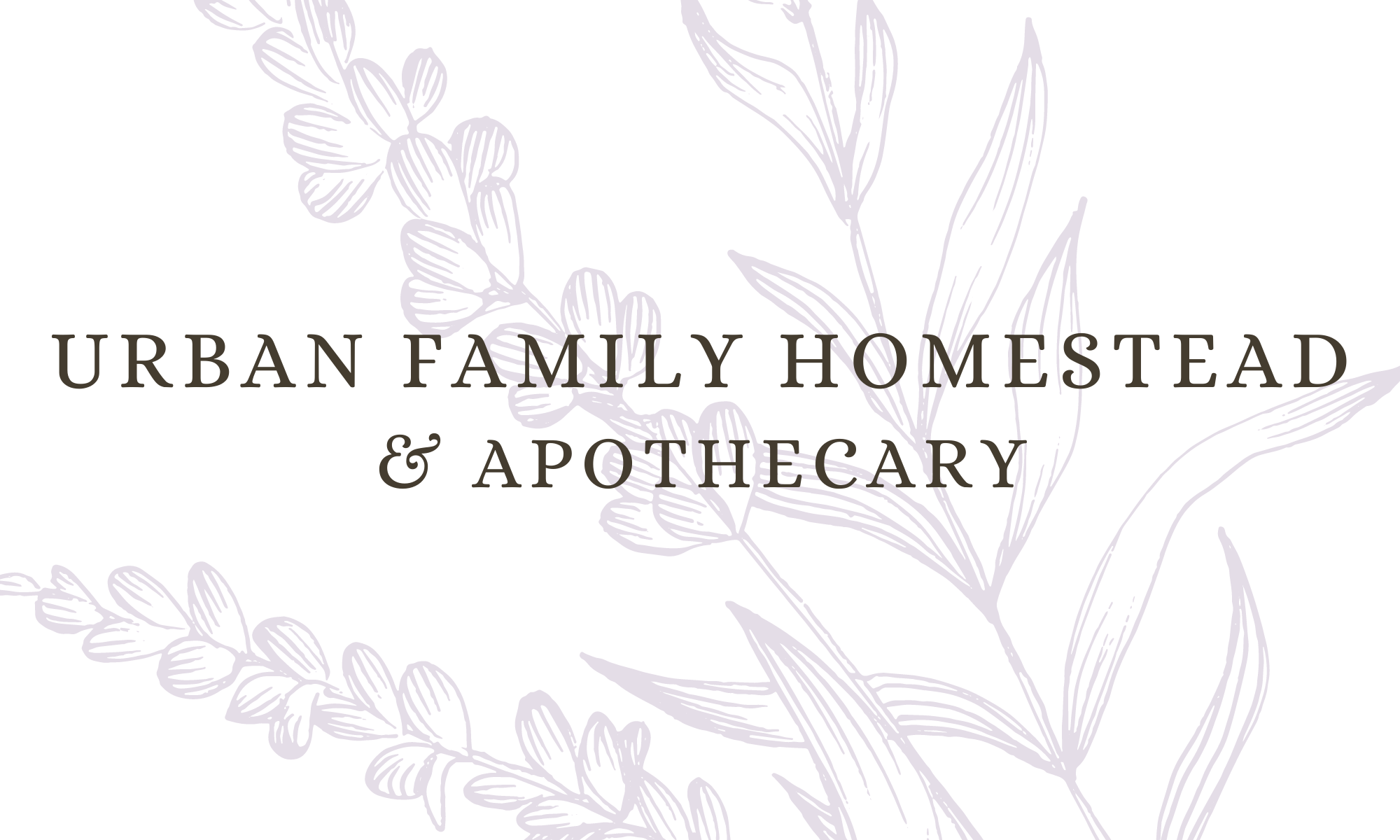
I have a love-hate relationship with the summer. I hate the blazing heat, I sunburn easily, and it’s just SO uncomfortable. But for all the frustrations it can bring, I absolutely love gardens, ocean trips, sprinkler days, and the cool, yummy food that comes along with it. Summers are short here near the coast in the Pacific Northwest so, I try really hard to find all the lovely things there are about summer. I also try to be grateful I no longer live in southern Arizona since the heat and I don’t get along very well.
I have a small home apothecary that I try to keep stocked fully of delicious and helpful herbs from our garden. Some of my favorite herbs for the summer include mint for its cooling properties, yarrow and calendula for its ability to mend the scrapes and bruises that come with outside, summertime play, and the beautiful chamomile and lavender that blooms all summer long and helps my kiddos wind down from a long day of play, despite the fact the sun does not leave the sky fully until well after bedtime.
There is just something so special about tea. It can heal, it can uplift, it can calm, and it can simply be enjoyed just because it’s delicious. My favorite teas are herbal as I can share these with friends and children alike and most herbs are safe to ingest this way. Given that summers are still very hot here, I wanted to share three of my favorite ICED herbal teas you can drink to soothe and cool down you and your little ones during the hot summer months.
**As always herbs, in any form, should be carefully consumed if you are taking certain medication or have plant/weed allergies as sometimes they reside in the same family. Always check with your naturopath if you are uncertain.**
ICED TEA METHODS
There are few ways you can steep your tea and make it into iced tea.
- You can pour very warm water over the herbs, like you would a hot tea, let it steep, then strain.
- You can put your herbs in water (half gallon jars works great for this!) and set out in the sun to steep for 12-24 hours
- You can put your herbs in cool water and put into the fridge to steep for 24 hours or more.
Make sure you compost those tea leaves back into your garden or compost pile!
REFRESHING RECIPES
- SOOTHING LEMON-LAVENDER ICED TEA

Lemon Balm
Part of the mint family so is naturally refreshing, and as the name suggests, it gives a lemony flavor to the water. Lemon balm is also excellent as calming the nerves and staving off anxiety.
Lavender
Lavender is a summer favorite. You only need a bit of this as it can have a very strong flavor. It complements anything from the mint family wonderfully and is also an herb that is useful at calming the mind and body.
This drink would be refreshing over ice with a bit of honey at the end of a long fun summer day!
2. RELAXING TULSI-CHAMOMILE TEA

Tulsi/Holy Basil
Part of the basil family, Tulsi has a sweet and lovely aroma that makes it perfect for warm tea in the fall and winter, but equally as lovely over ice in the summer. Tulsi can help regulate your nervous system as well as provide adaptogenic support. While you can add honey, I find Tulsi to be sweet on it’s own!
Chamomile
Probably one of the best known herbs, and one of the safest for all ages, chamomile is a beautiful tiny little flower grown during the spring and summer days. Most think of it as a relaxing night time tea but it is also quite delicious paired with Tulsi for a refreshing glass of herbal tea.
3. ZESTY HIBISCUS-GINGER TEA

Hibiscus
This is an herb that packs a powerful punch in terms of flavor and color. This herb is a very vibrant pink color when you make it into a tea so it is beautiful over ice with some orange peel added. Hibiscus is rich in antioxidants and carries added benefit for your gut this summer, especially when we tend to eat too many sweets!
Ginger
This delicious and zingy herb is a great addition to your hibiscus tea. It is also great for your gut and immune system and provides a great flavor over ice. Most people only think ginger is great in warm dishes but it is a refreshing treat as an iced tea.
ALTERNATIVE USES
While an iced herbal tea is refreshing in the summer, it makes an equally delicious popsicle. You can simply pour these into ice cube or popsicle trays and freeze them overnight to have as an on the go treat in the sun! You can also heat them up for a before bedtime snack as a way to calm and refresh your body.
I hope you are enjoying your summer days! Which recipe will you try?






